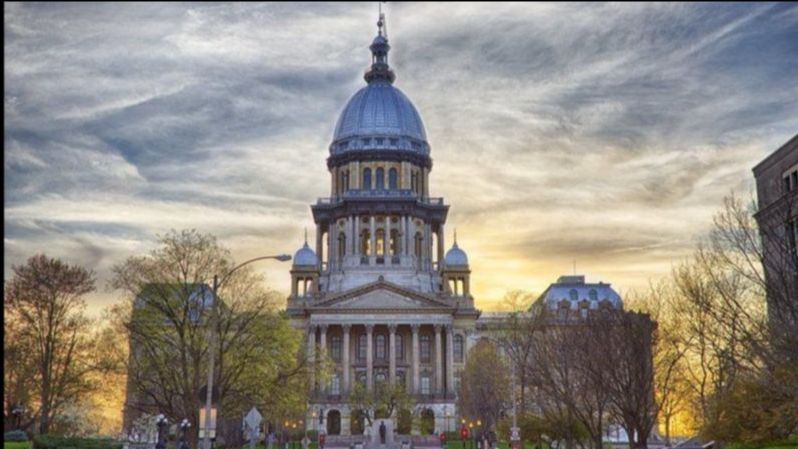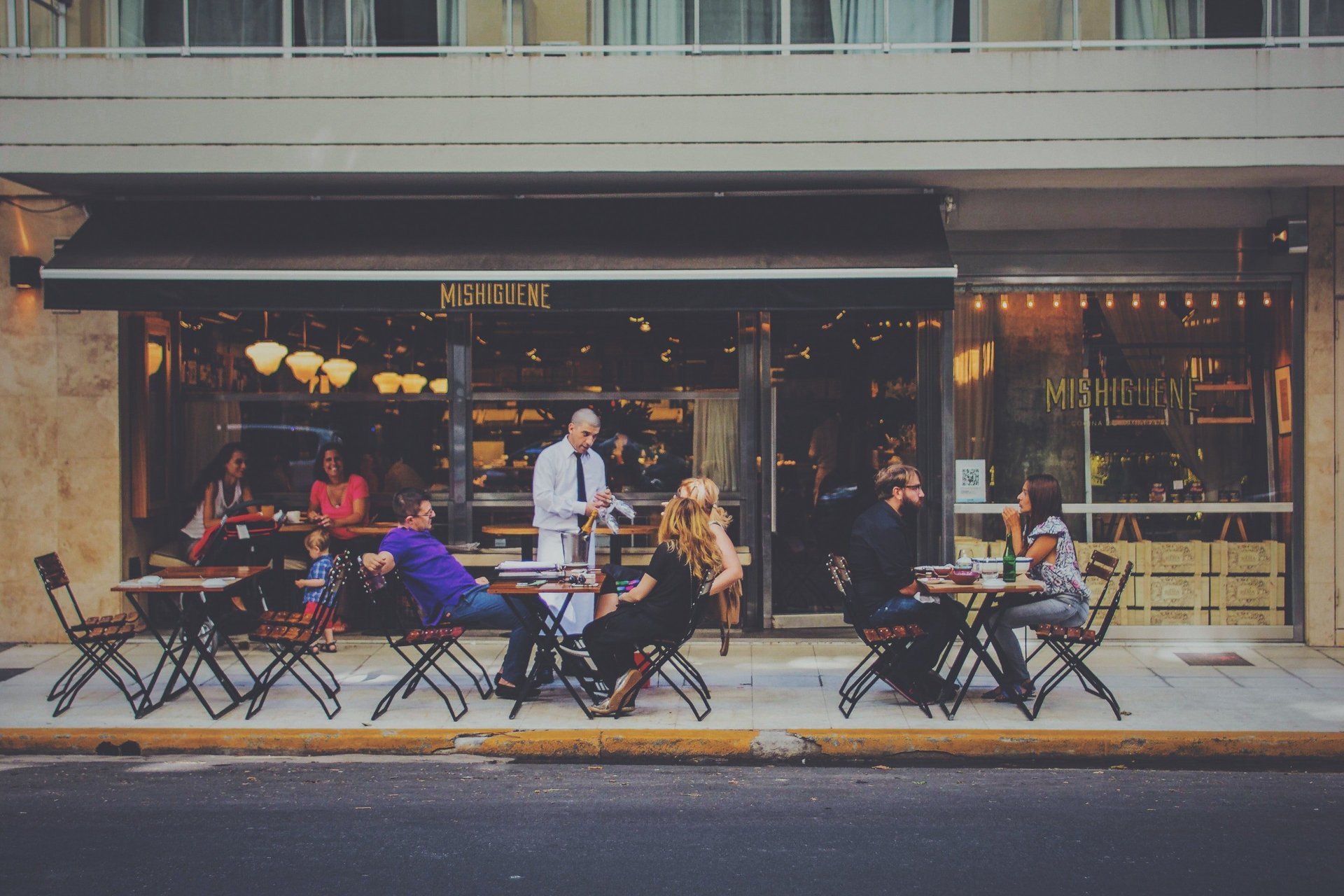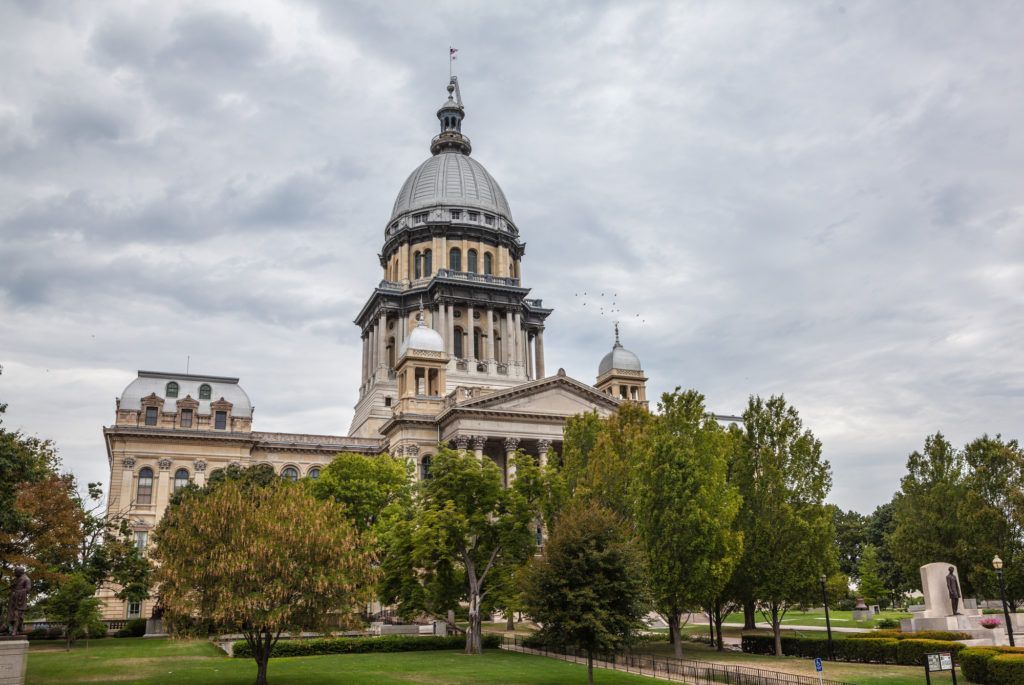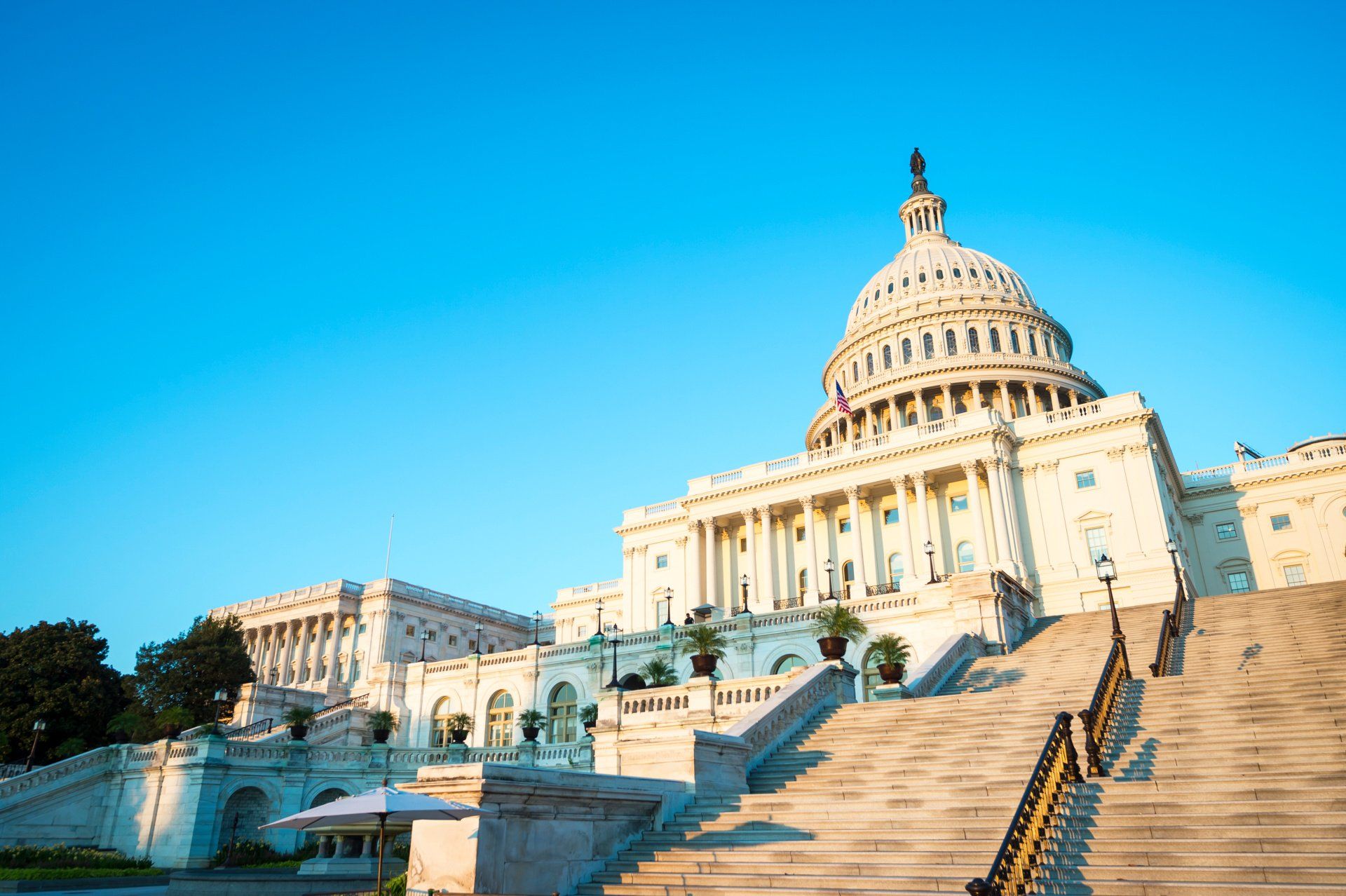
Avenues to Al Fresco: Burgers on the boulevard & pizza in a parking lot
Reforming land use rules can give restaurants breathing room. Some changes could be here to stay.

Enjoying a cappuccino on a patio has long been the preferred summer seating option for many people, but this year it may be the only choice in some places. Even where indoor dining is allowed, it comes with capacity restrictions that still make outdoor seating a financial necessity for many restaurants. Some eateries have existing outdoor areas they can use, but often still lack sufficient room to accommodate patrons with social distance buffers between tables. Others have no outdoor space at all.
To give restaurants an immediate capacity boost within health guidelines, local governments around the world are exercising their land use powers to open up more outdoor square footage for diners. European cities like Vilnius, Lithuania have made public plazas available. In America, major cities, like Chicago and Tampa, and even smaller towns, like Hinsdale, IL, have closed certain urban streets to replace car traffic with café seating and have expedited sidewalk dining permits. In suburban areas, some municipalities, like Brookhaven, GA, have allowed seating to overflow into parking lots.
Repurposing public plazas, streets, sidewalks, and parking spaces is by no means an inherently novel concept—festivals and farmers markets are regular occurring events in many communities. Unlike festivals and markets, however, the COVID repurposing programs last much longer than several hours on a weekend. Most of the programs are pilot projects, but with cases of the virus revving back up, the reforms could remain (and expand) into the foreseeable future. Depending on their success and duration, some reforms may even outlast the pandemic.
Pizza in a Parking Lot
While all of these al fresco expansion methods (i.e., dining in plazas, streets, etc.) are welcome help, from a planning and development perspective using parking lots may be the most intriguing, as it offers a higher and better use of an abundant underutilized space in modern America.
Parking requirements have been a hot button land use issue for many years. Most local governments require a minimum number of parking spaces for dwellings and businesses based on a variety of factors. For restaurants, the minimum number of parking spaces required is often determined by customer capacity and number of employees (e.g., one space for every three seats plus one space for every 30 sq. ft. of standing or bar area, plus one space per employee). Some businesses even choose to build more than the minimum for fear of deterring customers demanding utmost ease of access.
However, in part due to shifting consumer preferences—such as e-commerce, food delivery, and ride sharing—many businesses find themselves with excess parking spaces that serve no useful purpose. For new development projects, each surface parking space costs around $5,000 to $10,000 (including the land and construction costs), which is ultimately borne by the end user translating to higher rents for restaurants and pricier meals for customers. As a result, building parking capacity that goes unused is bad for bottom lines.
Fortunately, even before the pandemic, many in the planning and development community had begun acknowledging the realities of the evolving demand and high cost of parking. In response, some local governments have reduced or eliminated parking minimums, some owners of shopping centers are filling outermost parking areas with more retail and restaurants, and some developers are seeking (and sometimes receiving) permission to build fewer parking spaces in new projects.
Now that COVID-19 has generated a massive demand for outdoor dining and retail, it is possible that more planners and developers will consider reducing parking spaces and/or flexible parking solutions such as shared parking agreements.
Shared parking agreements allow for sharing of parking spaces between land use types that have complementary peak parking demands. For example, in a suburban transit-oriented development setting, designated shared parking spaces can be used by park-and-ride train commuters during working hours and can then be use for parking by restaurant customers during dinner time. In this example, the efficiency that the flexible parking option provides not only lessens parking costs, but it can also improve profits by freeing up land for more outdoor dining capacity.
Creative strategies—land use and otherwise—will continue to be essential in helping people, businesses and local governments manage through the ongoing health and economic challenges. Some solutions, like prioritizing seating people over cars, may be worth keeping around beyond the pandemic for many meals to come.

CONTACT US TODAY
Contact Us
We will get back to you as soon as possible.
Please try again later.
LOCATION
570 Lake Cook Road, Unit 119
Deerfield, IL 60015
Shapiro & Associates Law | All Rights Reserved |
Created by Olive + Ash.
Managed by Olive Street Design.









